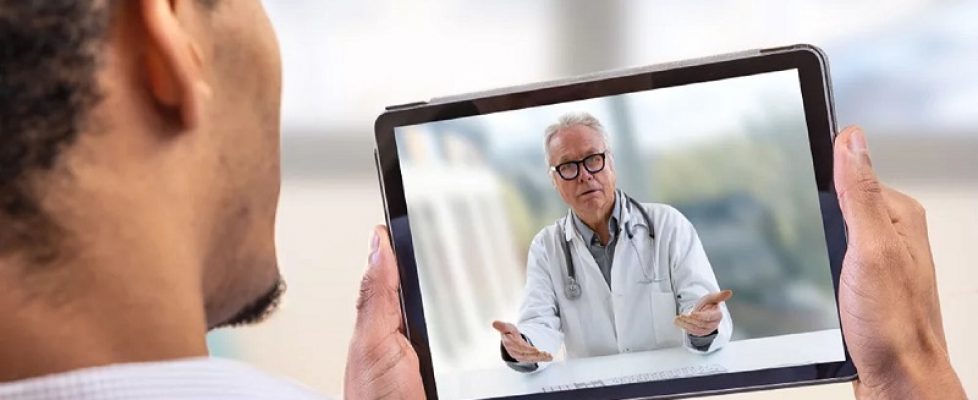‘Reimbursement is the key element’: 4 physicians sound off on remote monitoring device adoption
While telehealth adoption has skyrocketed during the coronavirus pandemic, the use of remote patient monitoring devices has also climbed among patients, signaling a shift that some physicians say points to the need for device insurance coverage, according to the Pittsburgh Post-Gazette.
Cardiology patients at Pittsburgh-based Allegheny Health Network have been increasingly turning to remote monitoring devices to capture vitals data that would otherwise require them to see their physician in person. Indu Poornima, MD, director of AHN’s preventive cardiology section, told the publication that since March, more than 50 percent of her patients now have at least one remote monitoring device.
Remote monitoring devices and wearables can collect patient information such as blood pressure, heart rates and electrocardiogram, but can range anywhere from costing $40 to $100 or more than $1,000, according to the report. Physicians from AHN, Cleveland Clinic, New York City-based Columbia University and more health systems told the publication that insurance coverage must be expanded to cover the costs of these types of tools for patients.
Here are six quotes on remote monitoring device adoption and use during the pandemic:
1. On the increase in patient adoption of remote monitoring devices during the pandemic: “It has more than doubled among my patients,” said Indu Poornima, MD, director of AHN’s preventive cardiology section. “It has been amazing how quickly we adapted to that, and how quickly patients were accepting of that.”
2. On the need for insurance reimbursement to accommodate massive growth of telehealth and remote monitoring adoption: “[Growth] is a sea change,” said Srinivas Murali, MD, director of AHN’s cardiovascular institute. “The pandemic has forced us to really transform and look at remote monitoring in a different context. For this to grow more, reimbursement is the key element.”
3. On the need for CMS’ approval: “Without [CMS’s approval of telehealth coverage] we would not be able to provide most services” during the pandemic, said Heba Wassif, MD, cardiologist at the Cleveland Clinic. “So what I’m seeing with what CMS has done is that they showed they were embracing digital health before this. But they were only taking baby steps.”
4. On getting remote monitoring devices covered by insurance: “We’re optimistic that we’ll get reimbursement [from insurance] eventually,” said Sahil Parikh, MD, interventional cardiologist at Columbia University’s Irving Medical Center. “With one fell swoop we were already able to get all the insurance companies and CMS to reimburse us for telehealth visits [early in the pandemic].”
5. On addressing health disparities: “Too many of these remote monitors remain inaccessible physically and financially for some of our patients,” Dr. Parikh said. “Remote testing sounds great. But if we can’t bring them to the populations that need them the most, that [health] gap [between demographic groups] will only widen.”
6. On the “invaluable replacement” home monitoring tools have become during the pandemic to capture preventive cardiology patient data: “Every time I do a televisit now, vitals are such an important part of our physical exam,” Dr. Poornima said. “Now, before the visit, my nurse calls and asks the patient if they have a home blood pressure monitor and if they have any data available we can look at.”

